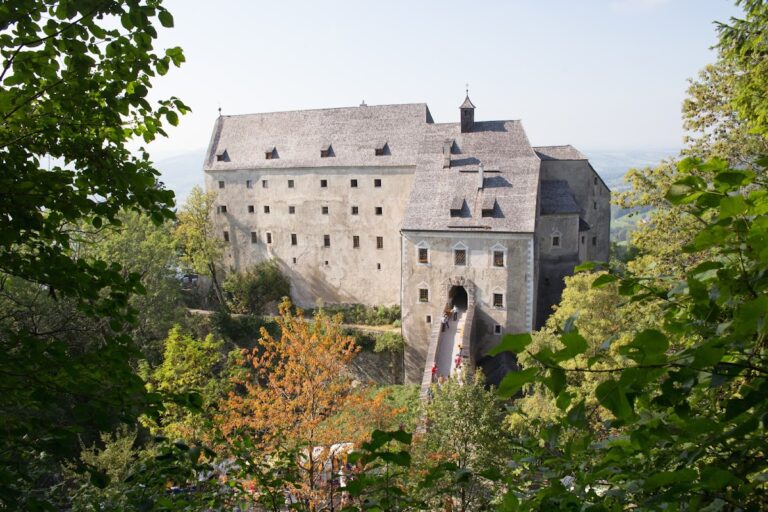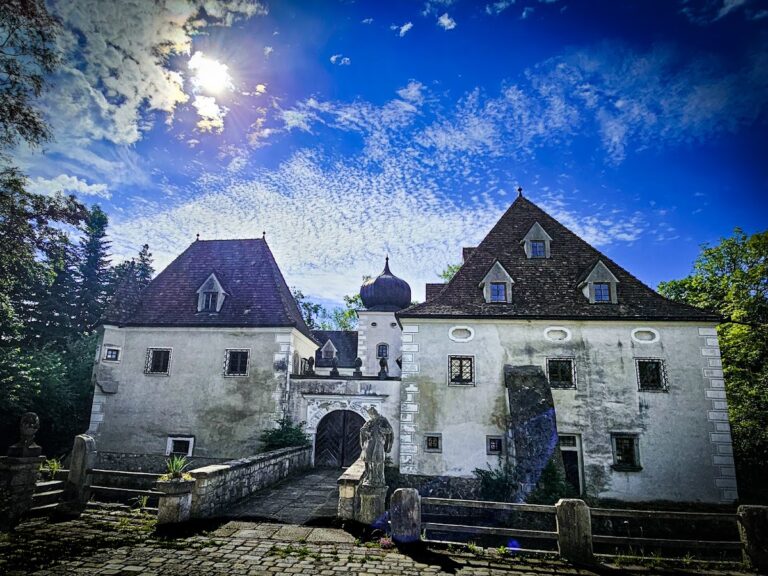Burg Losenstein: A Medieval Fortress in Austria
Visitor Information
Google Rating: 4.7
Popularity: Low
Google Maps: View on Google Maps
Official Website: www.burglosenstein.at
Country: Austria
Civilization: Unclassified
Remains: Military
History
Burg Losenstein is a medieval fortress located in the municipality of Losenstein, Austria. It was established by the Styrian Ottokar dynasty in the mid-12th century as a strategic stronghold to defend the Steiermark region.
The castle’s origins date back to roughly 1150, when the Styrian Ottokars constructed it to safeguard the territory from potential invasions. It first appears in written records in 1170, highlighting its role alongside the nearby Burg Klaus in controlling access routes through the Steyr valley into Steiermark. Its primary function during this period was military defense.
In 1252, ownership of the fortress changed hands when Dietmar von Steyr acquired the property from King Ottokar II of Bohemia in exchange for the city of Steyr. From this point onward, Dietmar and his descendants inherited the title Lords of Losenstein, maintaining continuous possession of the castle and its lands for over four centuries, until the family line concluded in 1692. The legacy of the Lords of Losenstein is preserved through their burial monuments located in the Losensteiner Chapel within Garsten Abbey.
Following the extinction of the Losenstein lineage, the castle passed through inheritance to the von Auersperg family. This noble family later sold the property to the province of Upper Austria in 1905. Since then, Burg Losenstein has witnessed shifts in use and ownership, reflecting its evolving role from a military fortress to a historical site.
Remains
Burg Losenstein is built upon a prominent dolomite rock rising approximately 60 meters above the village below, offering expansive views across the Enns River and the surrounding foothills. The castle complex divides into two principal sections: the main castle, or Hauptburg, which spans roughly 2,200 square meters, and a smaller outer bailey, or Vorburg, covering about 400 square meters. Notably, the outer bailey lies around 45 meters west of the main structure, separated by a deep ravine—an uncommon design feature in castle architecture.
The earliest surviving component is the Palas, the main residential building, erected directly on the rock foundation. Constructed with limestone rubble masonry, the Palas has endured in reasonably good condition despite lacking a roof for approximately three centuries. Access to this structure is gained through a gate from the courtyard, reflecting the castle’s internal spatial organization.
Another significant element is the bergfried, a tall tower once used as a defensive stronghold and lookout. The original entry to this tower was unusual, reached by a ladder climbing five to six meters on its western side, with its lower section functioning historically as a dungeon. This has earned the tower the local name “Hungerturm,” or Hunger Tower. Surrounding the castle are remnants of exterior walls featuring Gothic-style window openings, arrow slits designed for archers, and grand gate arches. Inside the complex, distinct areas such as the chapel, living quarters, courtyard, and service rooms remain identifiable in their original layout.
The outer bailey likely dates from the first half of the 14th century and was intended to prevent attackers from establishing positions on the gentler terrain surrounding the main fortress. It appears to have operated independently, with no direct walkway connecting it to the main castle. The terrain around the southeastern entrance was historically cleared of trees, denying cover to hostile forces attacking the fortress. This carefully planned site layout displays a transitional architectural style, showing characteristics between the late Romanesque and early Gothic periods, especially in the shape of window arches, making the ruins important for studying medieval art and architecture.










